From 1903, Fiat engaged in motor racing at the highest level and scored notable wins which set it apart from the hundreds of companies jostling for attention. During the 1920s Fiat was a leading contender in both Grand Prix and Voiturette racing. Giovanni Agnelli, who controlled Fiat from 1906, believed that the future lay in mass-producing popular cars and he steered Fiat in that direction. While success in Grand Prix racing demonstrated Fiat's engineering excellence, rival makers of small cars, such as Amilcar and Salmson, shone in Cyclecar racing. 'Cyclecar' is an unfortunate name for a category which, in the 1920s, sometimes produced the most vibrant racing of all. This unique competition model was created by young engineer Riccardo Sella (a direct descendant of the Biella based banking dynasty) and Fiat's competition department, Fiat Corse, to compete in Cyclecar racing. It was designated a 509, and the chassis began life as a standard 509 platform, modified almost beyond recognition to 509S specification by Ernesto Porrino of Fiat’s Biella agency. The regular 509 had a 990cc four-cylinder ohv engine, but for this car Fiat Corse and Ing. Sella created a bespoke eight-cylinder engine with twin overhead camshafts. The chassis had to be extensively modified just to accommodate the engine, but Sella looked at every detail, and among the more obvious modifications are the Hartford shock absorbers and Rudge Whitworth wheels. It is so unlike the standard chassis that it must be regarded as a prototype. The main purpose of Fiat Corse was to compete in Grand Prix racing but, in the mid-1920s, many companies decided that constantly changing rules and an uncertain calendar of events no longer justified the cost and so withdrew. Fiat had the resources to continue, but there was little point without worthy opposition. In 1926, Fiat Corse was closed in response to the crisis in Grand Prix racing and so the 509SS project was stillborn. Ing. Sella, however, thought so highly of the car that he retained it, and in 1935 Gino Gabutti of the authoritative Italian magazine ‘Motor’ published an article praising the innovative technical solutions adopted by Ing. Sella for his project. Though it was unable to race in period, this jewel of a car has more recently been recognised as an important landmark. It was the last car to leave Fiat Corse and it would be nearly thirty years before the Agnelli family supported top class racing, when a subsidy was paid to Scuderia Ferrari. Acquired directly after years of negotiation from Ing. Sella by Silvano Cima, this historic Fiat then underwent a scrupulous, documented restoration. It ran in the 1990 Mille Miglia Retrospective and, the next year, won the Concorso in Milan's Via della Spiga. In 1993 it was chosen to open the Porto Cervo Grand Prix and has also competed at Monza and Monte Carlo. Presented in full running order, this unique Italian racing car comes with much documentation including ASI homologation (no.6385) and is eligible for events such as the Mille Miglia Retrospective. Full road equipment is also supplied. Ce modèle fut créé par le jeune ingénieur Riccardo Sella en collaboration avec le département compétition de Fiat, Fiat Corse, pour courir dans la catégorie Cyclecar. La base adoptée était un châssis 509 modifié en 509S par l’agence Fiat de Biella. Les 509 standard avaient un moteur 4 cylindres de 990 cm3 à soupapes en tête, mais pour ce modèle, l’ingénieur Sella créa un moteur 8 cylindres spécial avec double arbres à cames en tête. Le châssis fut modifié pour recevoir ce nouveau moteur et reçut également des amortisseurs Hartford et des roues Rudge. En 1926, Fiat Corse fut fermé en réponse à la crise essuyée dans les courses de Grand Prix. Néanmoins, Sella conserva la 509, forte d’un potentiel auquel il croyait. Bien que n’ayant pas été utilisée en course à l’époque, cette voiture a été reconnue comme un pas important de la marque. Cette Fiat historique fut achetée par Silvano Cima d
From 1903, Fiat engaged in motor racing at the highest level and scored notable wins which set it apart from the hundreds of companies jostling for attention. During the 1920s Fiat was a leading contender in both Grand Prix and Voiturette racing. Giovanni Agnelli, who controlled Fiat from 1906, believed that the future lay in mass-producing popular cars and he steered Fiat in that direction. While success in Grand Prix racing demonstrated Fiat's engineering excellence, rival makers of small cars, such as Amilcar and Salmson, shone in Cyclecar racing. 'Cyclecar' is an unfortunate name for a category which, in the 1920s, sometimes produced the most vibrant racing of all. This unique competition model was created by young engineer Riccardo Sella (a direct descendant of the Biella based banking dynasty) and Fiat's competition department, Fiat Corse, to compete in Cyclecar racing. It was designated a 509, and the chassis began life as a standard 509 platform, modified almost beyond recognition to 509S specification by Ernesto Porrino of Fiat’s Biella agency. The regular 509 had a 990cc four-cylinder ohv engine, but for this car Fiat Corse and Ing. Sella created a bespoke eight-cylinder engine with twin overhead camshafts. The chassis had to be extensively modified just to accommodate the engine, but Sella looked at every detail, and among the more obvious modifications are the Hartford shock absorbers and Rudge Whitworth wheels. It is so unlike the standard chassis that it must be regarded as a prototype. The main purpose of Fiat Corse was to compete in Grand Prix racing but, in the mid-1920s, many companies decided that constantly changing rules and an uncertain calendar of events no longer justified the cost and so withdrew. Fiat had the resources to continue, but there was little point without worthy opposition. In 1926, Fiat Corse was closed in response to the crisis in Grand Prix racing and so the 509SS project was stillborn. Ing. Sella, however, thought so highly of the car that he retained it, and in 1935 Gino Gabutti of the authoritative Italian magazine ‘Motor’ published an article praising the innovative technical solutions adopted by Ing. Sella for his project. Though it was unable to race in period, this jewel of a car has more recently been recognised as an important landmark. It was the last car to leave Fiat Corse and it would be nearly thirty years before the Agnelli family supported top class racing, when a subsidy was paid to Scuderia Ferrari. Acquired directly after years of negotiation from Ing. Sella by Silvano Cima, this historic Fiat then underwent a scrupulous, documented restoration. It ran in the 1990 Mille Miglia Retrospective and, the next year, won the Concorso in Milan's Via della Spiga. In 1993 it was chosen to open the Porto Cervo Grand Prix and has also competed at Monza and Monte Carlo. Presented in full running order, this unique Italian racing car comes with much documentation including ASI homologation (no.6385) and is eligible for events such as the Mille Miglia Retrospective. Full road equipment is also supplied. Ce modèle fut créé par le jeune ingénieur Riccardo Sella en collaboration avec le département compétition de Fiat, Fiat Corse, pour courir dans la catégorie Cyclecar. La base adoptée était un châssis 509 modifié en 509S par l’agence Fiat de Biella. Les 509 standard avaient un moteur 4 cylindres de 990 cm3 à soupapes en tête, mais pour ce modèle, l’ingénieur Sella créa un moteur 8 cylindres spécial avec double arbres à cames en tête. Le châssis fut modifié pour recevoir ce nouveau moteur et reçut également des amortisseurs Hartford et des roues Rudge. En 1926, Fiat Corse fut fermé en réponse à la crise essuyée dans les courses de Grand Prix. Néanmoins, Sella conserva la 509, forte d’un potentiel auquel il croyait. Bien que n’ayant pas été utilisée en course à l’époque, cette voiture a été reconnue comme un pas important de la marque. Cette Fiat historique fut achetée par Silvano Cima d







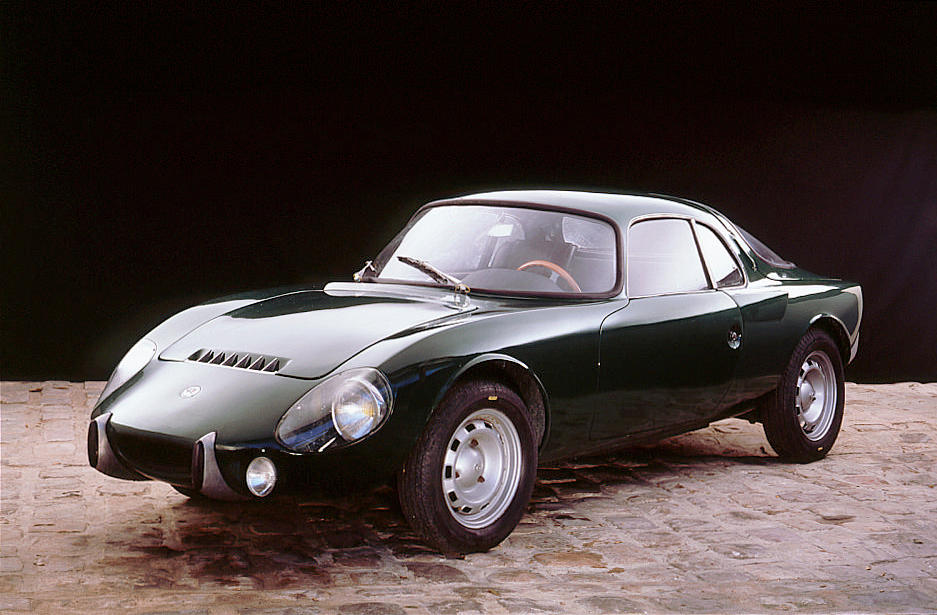

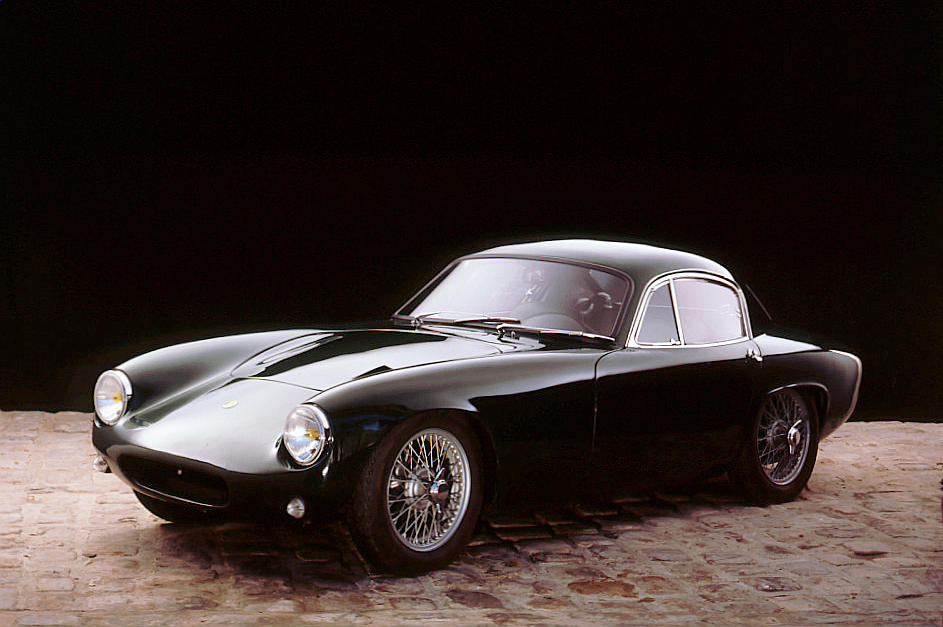
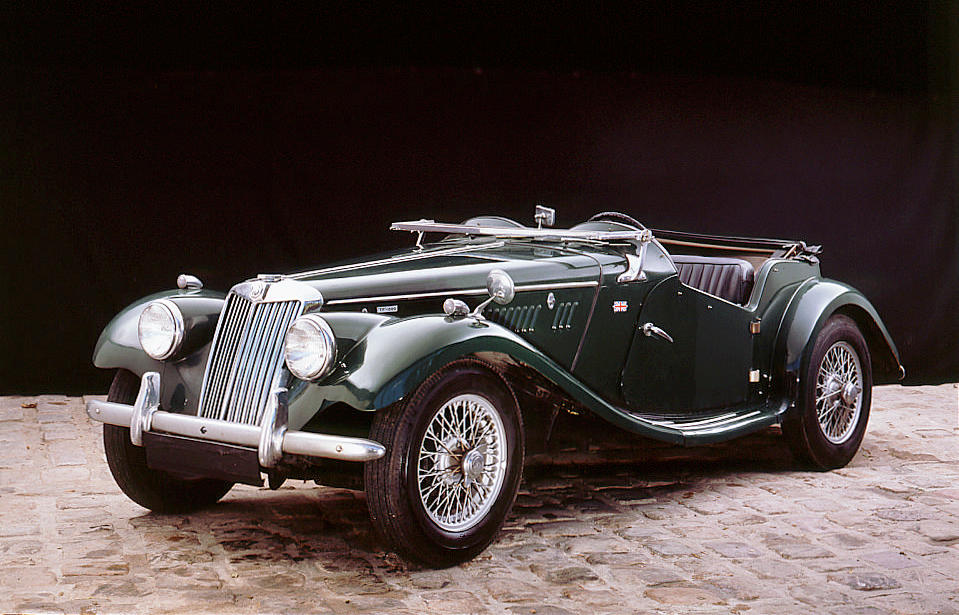
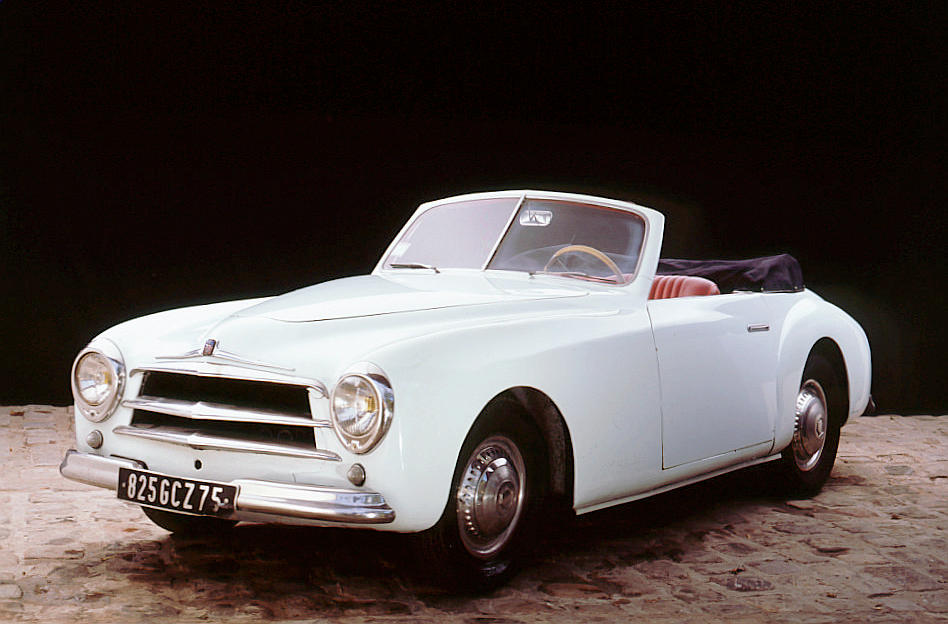
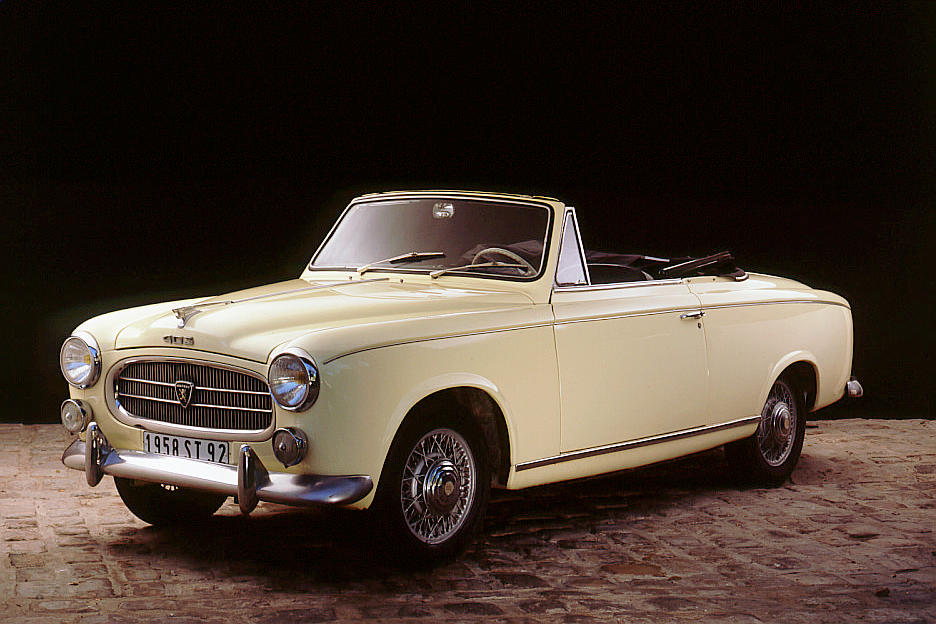
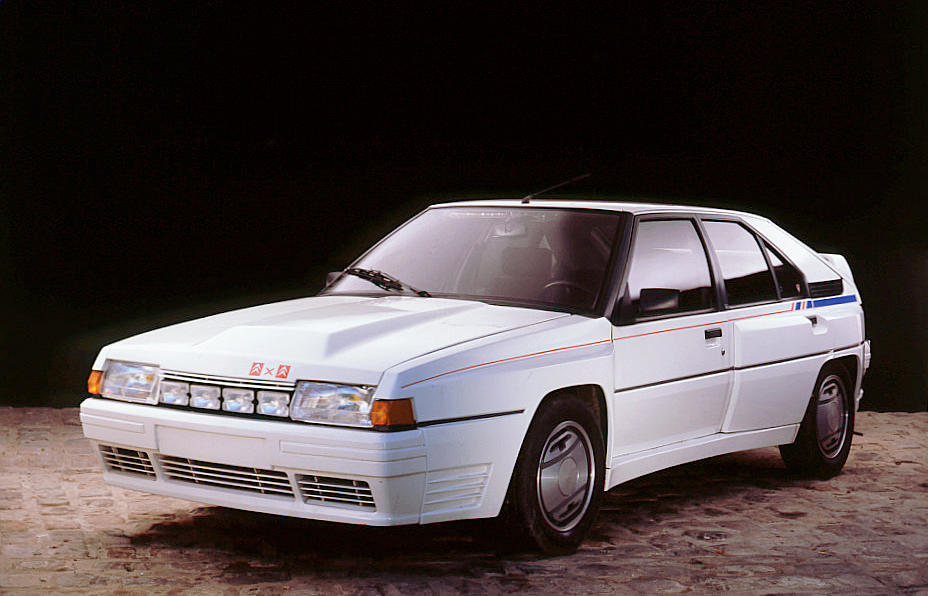
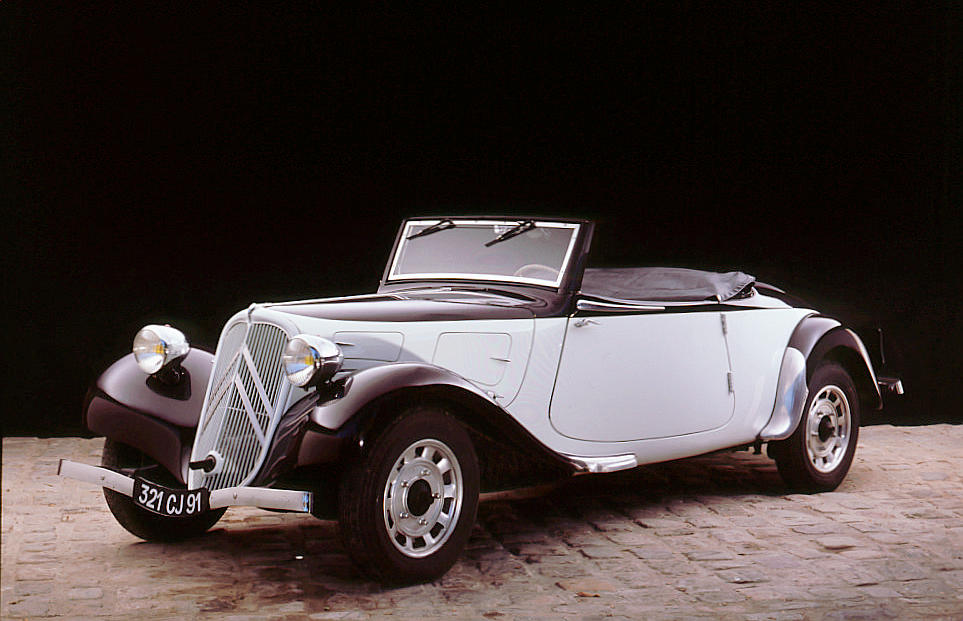
Try LotSearch and its premium features for 7 days - without any costs!
Be notified automatically about new items in upcoming auctions.
Create an alert